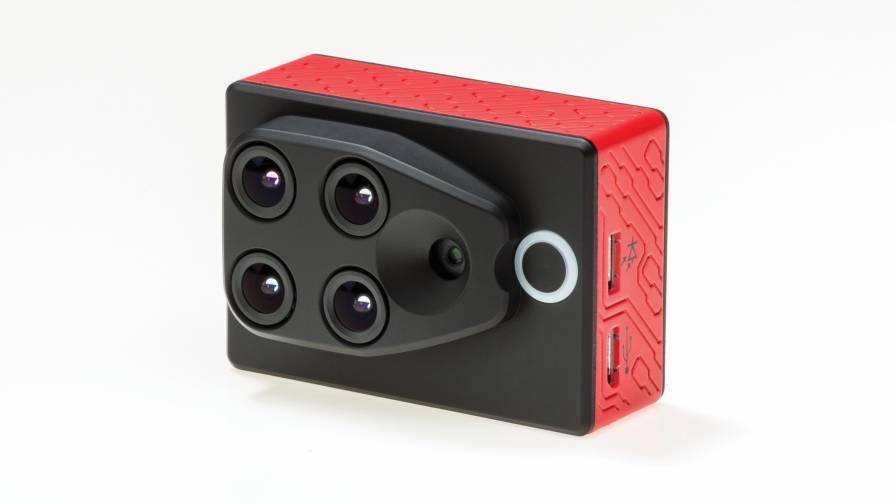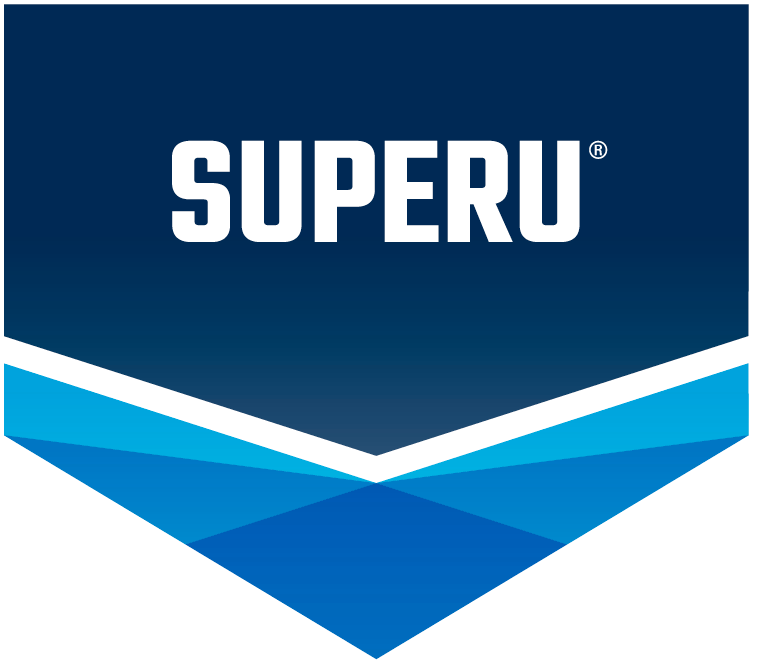An Inside Look At senseFLY’s NDVI Sensor

Multispectral sensors measure light reflected by crops in very precise frequencies, and depending on cloud cover and time of day, the sunlight has a different intensity in the various frequencies. Pictured: senseFLY’s eBee UAV.
Parrot, the French parent company of senseFLY (makers of the eBee Ag UAV), recently released details on its newest sensor payload for the precision ag set.
Sequoia is the Paris-based aviation giant’s newest multispectral mini-sensor. It was engineered specifically to fit into the same mount virtually all drones (both multi-rotor and fixed wing) carry for GoPro cameras.
Sequoia records imagery data in four spectral bands (green, red, red-edge, and near infrared) and includes a 16 MP RGB camera as well — basically five cameras in one.
According to Parrot’s Yannick Levy, Director of Business Development, the company designed the sensor to make its adoption among agriculture users as streamlined as possible.
“Drones today have been designed to carry GoPro cameras so we wanted to make sure our multispectral fit in that size, so that was very key for us,” explains Levy. “We also wanted to use the most standard interfaces for consumer electronics — this is why the sensor has USB connection for both power and data transfer.”
Sequoia allows direct imagery download via USB port, or users can connect the sensor to a mobile Wi-Fi network and send images directly to MicaSense’s ATLAS, a cloud-based processing and analytics platform for data captured with Sequoia. Sequoia owners who order the sensor through MicaSense receive a one-year subscription to ATLAS Plus.
Sunshine Sensor
Easily the most noteworthy aspect of Sequoia has to be its luminosity sensor (referred to by Parrot as a “sunshine” sensor).

One of the most noteworthy aspects of Sequoia has to be its luminosity sensor (referred to by Parrot as a “sunshine” sensor).
“Multispectral sensors measure light reflected by the crops in very precise frequencies, and depending on cloud cover and even the time of the day, the sunlight has a different intensity in the various frequencies,” Levy notes. “In the morning the sun may be a little bit redder, and around noon it’s going to be more blue.
“So if you want to use the sensor precisely and you want to know exactly how much light is reflected by the crop in each frequency, you need to know how much light is coming from the sun,” he continues. “So the sensor measures what comes from the sun, looking up, over the same frequencies as the sensor looking down at the crops.”
As many that have used UAV-flown multispectral sensors can tell you, the ability for this sunshine sensor to actually deliver on these claims would save a ton of time on the post-flight image processing side of things.
And last but certainly not least, Sequoia carries a very reasonable MSRP of $3,500, making it the most affordable multispectral option we’ve seen hit the market. For comparison, the Airinov-developed multiSPEC 4C sensor that works with senseFLY’s eBee Ag drone was recently listed online at one vendor for $13,125.
“We wanted to be aggressive on the pricing, again, to make it as easy as possible for farmers to be able to start with the sensor,” Levy says.
So, if you’re just a technology-focused grower or a consulting agronomist that wants to do your own weekly or bi-weekly crop health scans for customers via drone, purchasing a Sequoia and modding a consumer grade UAV such as DJI’s Phantom platform or 3DR’s Solo line would likely be the most economical option.






